Follow, research and publish the best content
Get Started for FREE
Sign up with Facebook Sign up with X
I don't have a Facebook or a X account
Already have an account: Login
Fresh daily compilation of drawing, sketching, design and photoshop resources and references for designers and picture artists.
Curated by
Hovhannes
 Your new post is loading... Your new post is loading...
 Your new post is loading... Your new post is loading...
No comment yet.
Sign up to comment
|
|



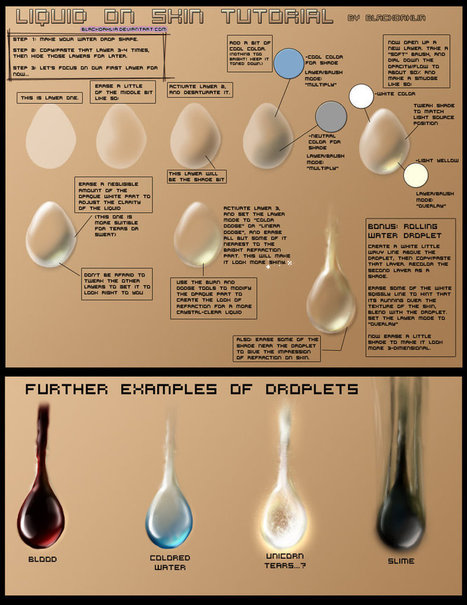

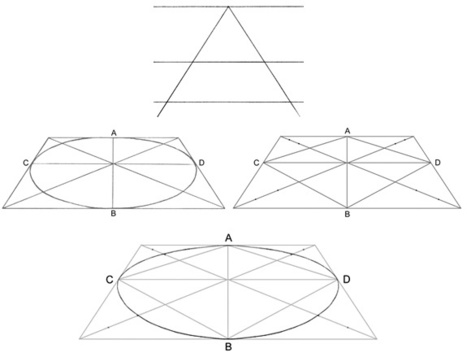
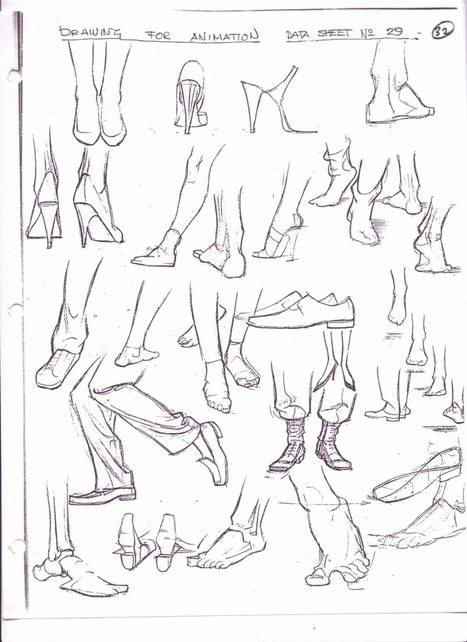
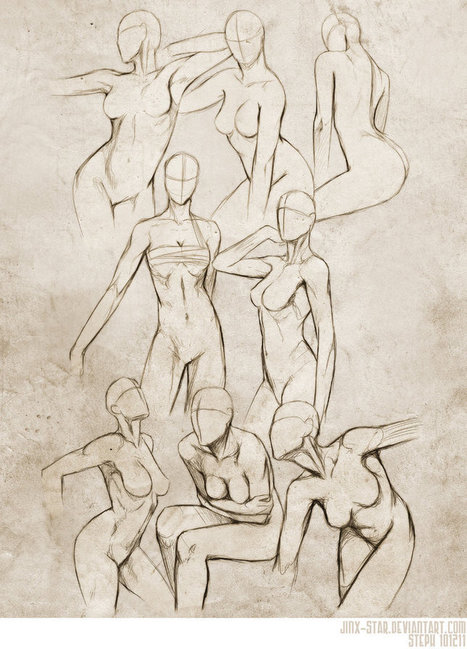
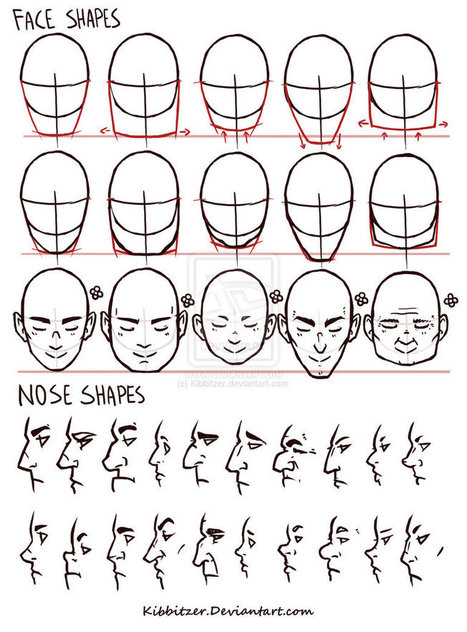
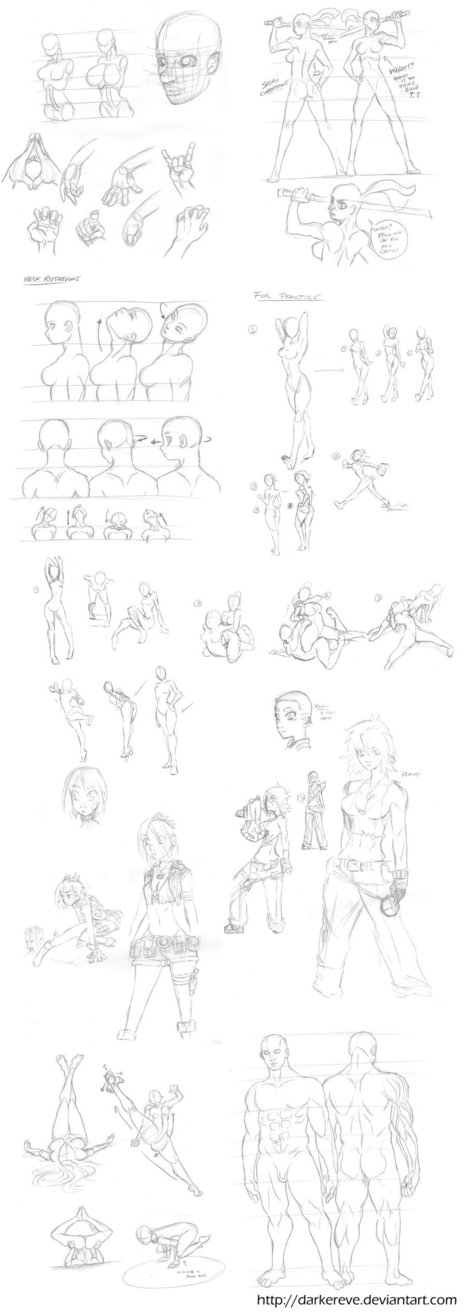


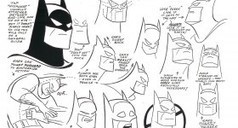

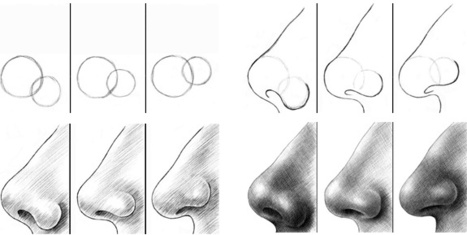
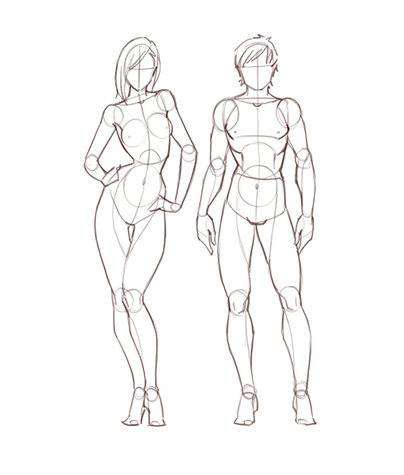
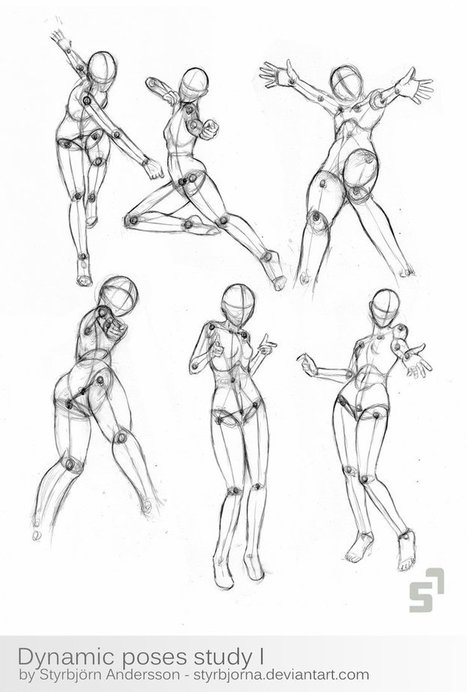
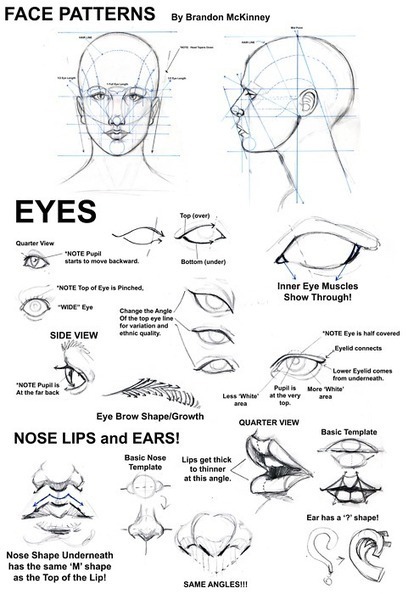
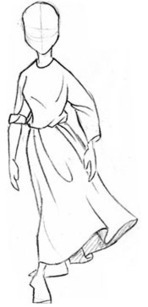








This unique reference guide shows some techniques you can use to create the appearance of water droplets on your drawings. You can use this on any of your digital paintings on Adobe Photoshop.